COVID Has Fundamentally Changed the Profession of Supply Chain Management
Logistics Viewpoints
OCTOBER 3, 2022
Labor management systems break the work down into very granular activities, set targets for doing those tasks in an allotted period of time, and measure how workers do against the time standards over the course of the day. The trend toward automation has never gone away. Risk management had been a hard sale.

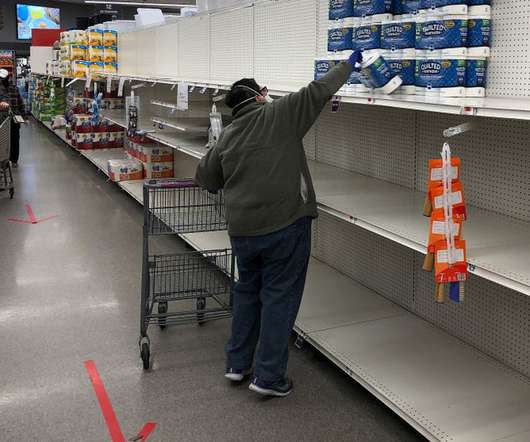

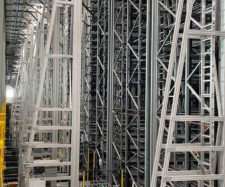

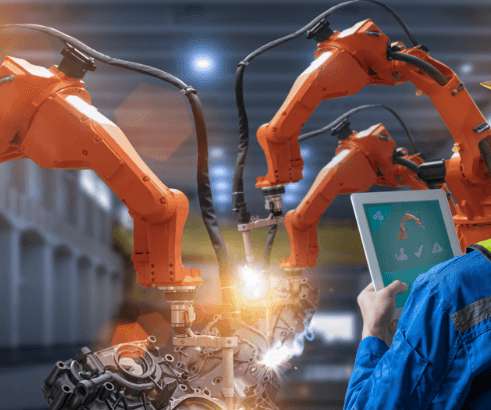
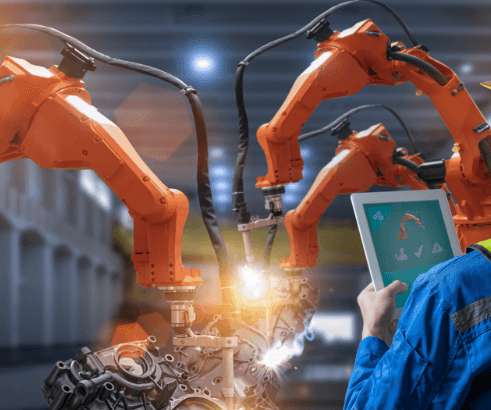




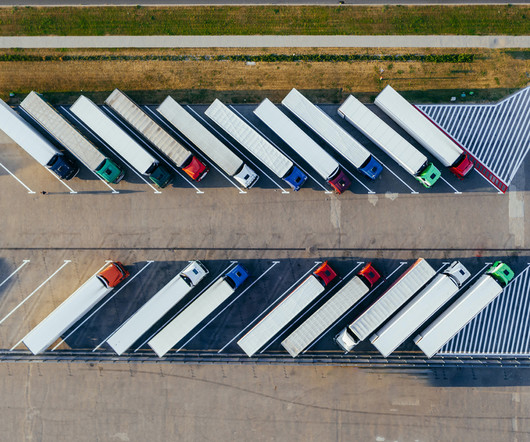


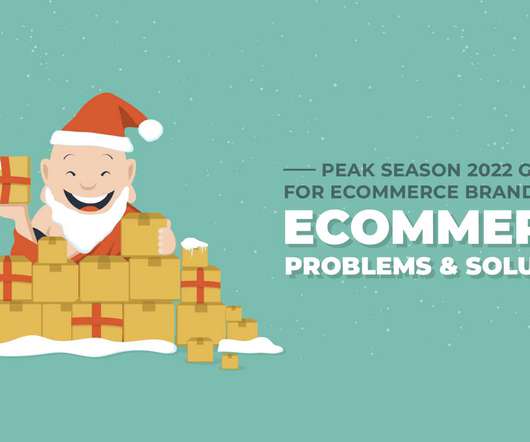











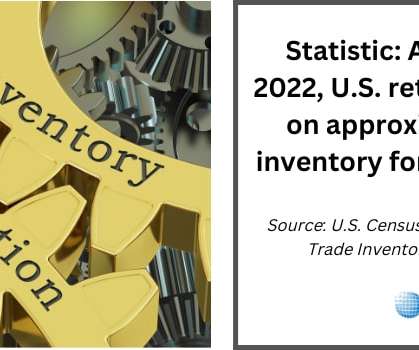
















Let's personalize your content